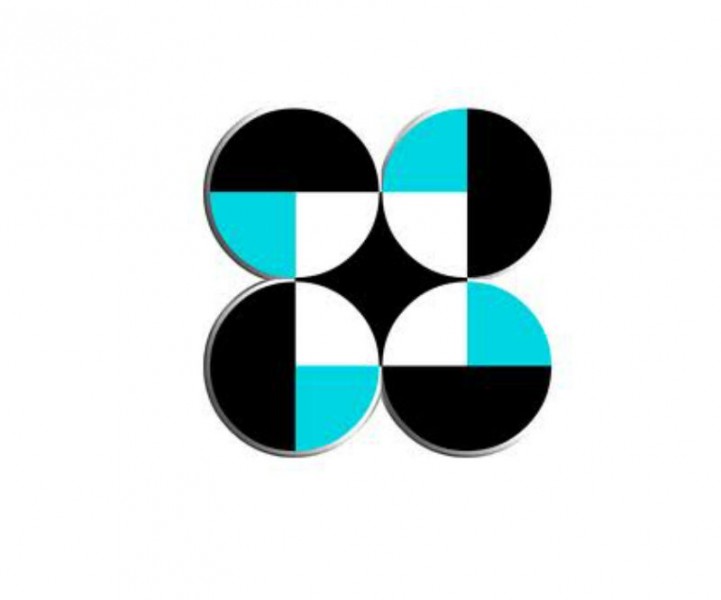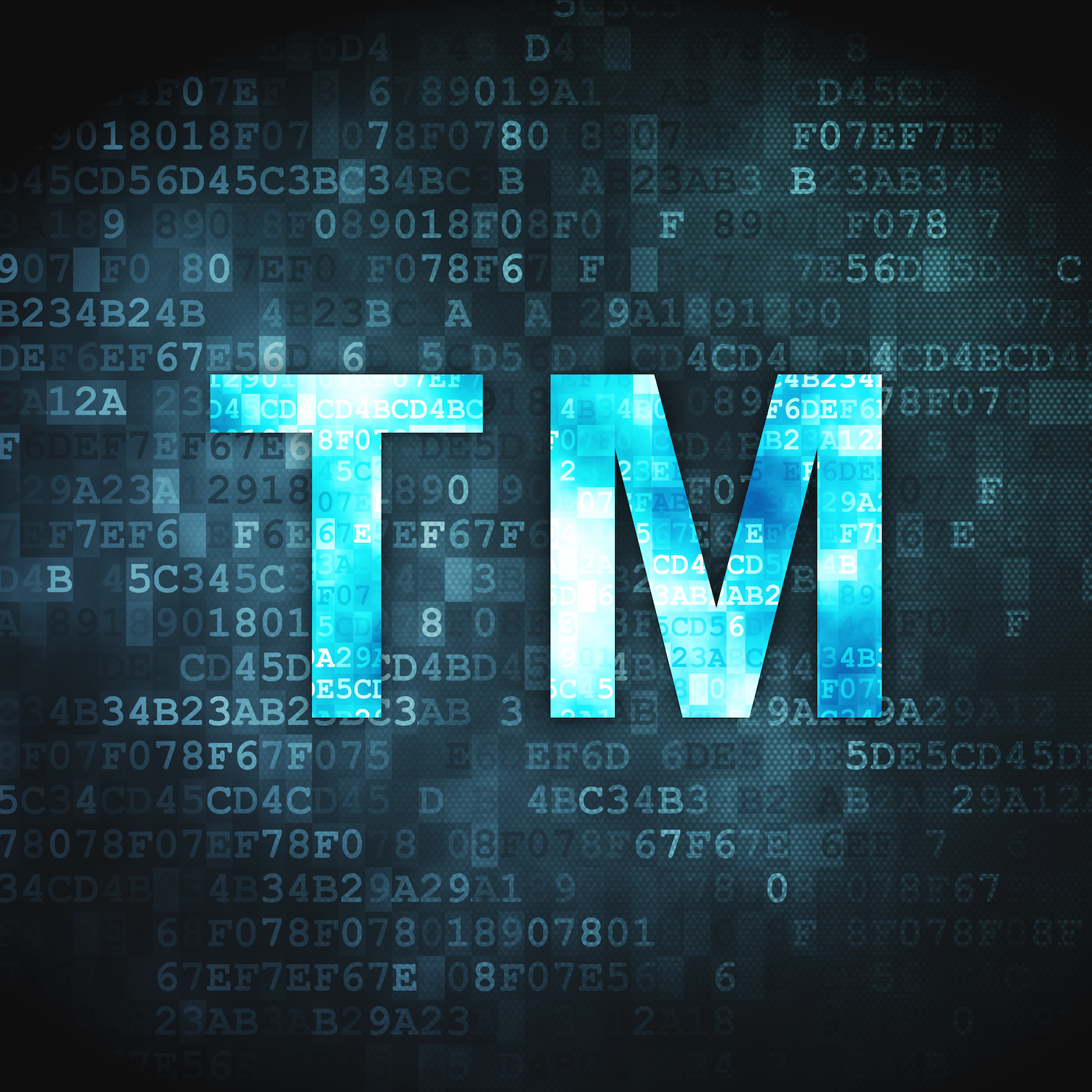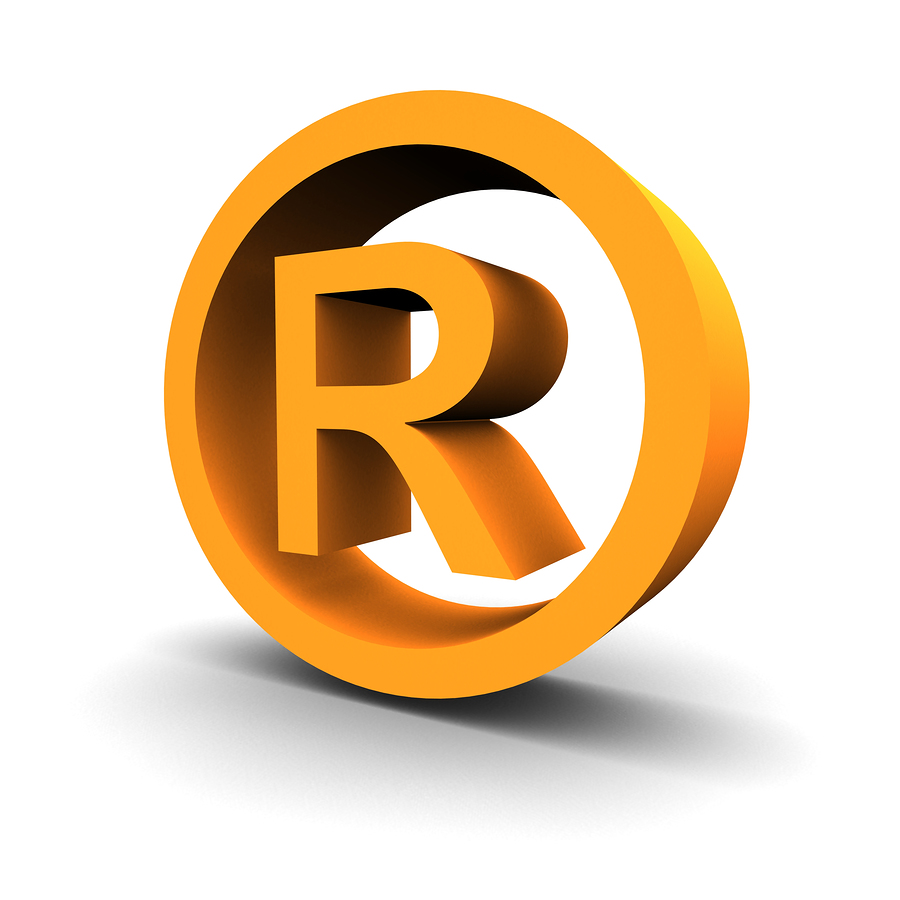

In order for a work to have copyright protection, it must reach a requisite level of creativity. Read more about it in Copyright Act of 1976.Ĭopyright law grants authors and artists the exclusive right to make and sell copies of their works, the right to create derivative works, and the right to perform or display their works publicly. The distinction between the idea and the expression is fundamental in the Copyright law. In other words, copyright law protects the "expression" of an idea, but copyright does not protect the "idea" itself. However, copyright does not protect facts, ideas, systems, or methods of operation, it protects the only the unique way you expressed these things in your work. books, movies, songs, paintings, photos, choreography, logos etc.) The copyright law protects "original works of authorship" expressed in a physical form (i.e.

Read more about copyright basics for graphic designers on AIGA's website. Any unique logo that I designed for a client will have automatically had copyright assigned to it, and to me. On it's most basic level, copyright of unique visual design is automatic, and originates with the designer. Copyright Law, every original work of authorship is under protection, automatically.

The process of both copyright and trademark takes time to get final approval, but by starting now you preserve your rights to ownership and thus legal remedy.On the other hand, if you don't have a trademark or copyright you may not be able to sue another party for infringement of your logo.ĭid you know that due to The U.S. ℠ for the unregistered service trademark.There are different symbols for trademark protection: Trademark is made to prevent confusion in the company’s marketplace. its authorship)Ī common symbol for the copyright is ©, but you can also add ‘Copyright’ or ‘Copr.’ and even your name and year the work was published.For example "© 2018 by ebaqdesign" at the bottom of my website claims right to everything on it. Copyright is made for artistic works protection (i.e. The biggest difference between them is that copyrighting won’t protect your brand’s name and logo from infringement, but a trademark will. If everything looks good, the USPTO will approve your application and will publish your new trademark in a journal to make it official.In order to have a better understanding of how copyright and trademark work, it’s helpful to know which type of intellectual properties each one protects. Once the application is submitted, you can track the progress of the application. This will consist of preparing a trademark application that will include details such as personal information and information on the products or services the trademarked logo will represent. After ensuring that your symbol is not already trademarked, you can begin the application process. You can do this using USPTO’s Trademark Electronic Search System. The first thing you should do before getting a trademark is search for existing trademarks that may be similar to yours.
Trademark my logo series#
The late fashion powerhouse Virgil Abloh built his Off-White streetwear empire on a complex series of trademark filings. Applying for and receiving a trademark solidifies this, and makes it known that you are the owner and the party allowed to use the trademarked symbol. When you create and use your logo for commercial purposes, you already have some legal protection over it. Simply put, the trademark is one of the key pieces that make up your brand, and you should do everything in your power to protect it against use from others. It will also allow you to take legal action against others who use it without your permission. A trademark will solidify you as the legal owner of your logo. Since your logo is used for commercial purposes, a trademark is the way to go. There are many reasons why you should trademark your logo. Protecting your logo from use by others is important in your strategy for protecting your brand.

When you think of many famous brands such as Apple and Disney, you usually visualize their logo in your head. Besides your brand name, it is what customers will use to recognize you. If you are an entrepreneur looking to protect your brand through IP protections, you may ask: should I trademark my logo? If your logo is an incredibly important asset to your brand (which it would be for most), then the answer is yes.


 0 kommentar(er)
0 kommentar(er)
